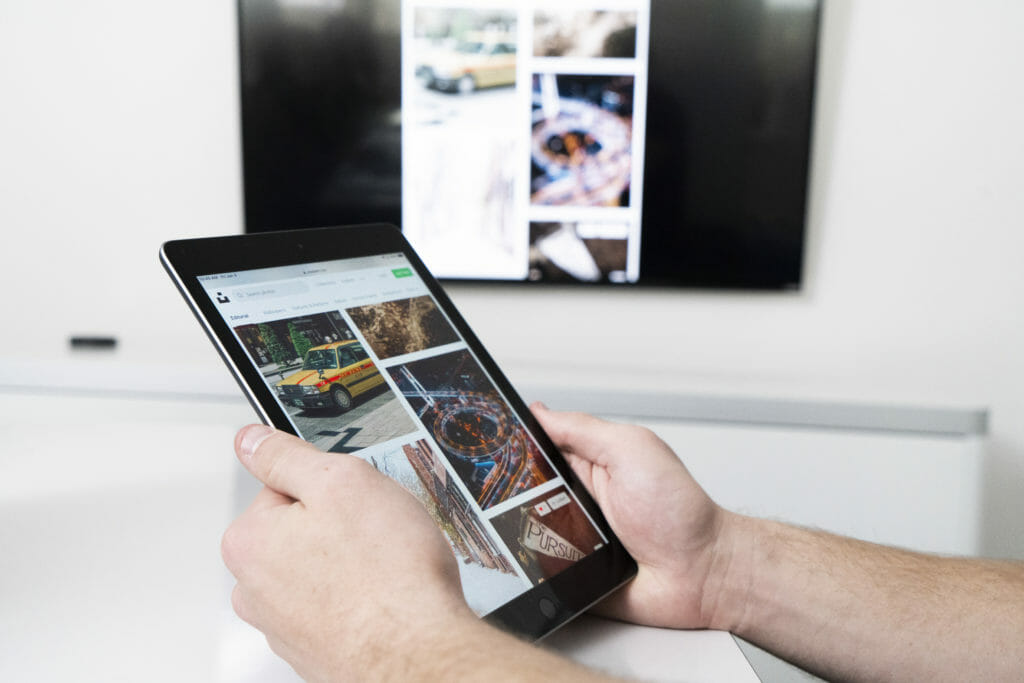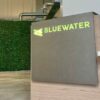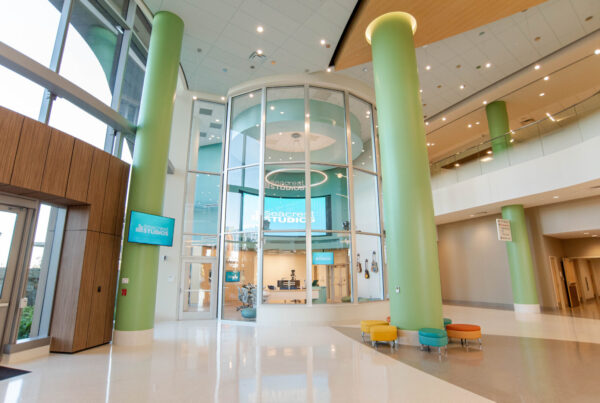The following material is a first in a series of partner related content that we will be featuring here on the Bluewater blog! We figure there’s nobody better to educate all of us on the technologies being utilized in the face of Covid-19, or how our partners are thinking about the hybrid workplace and the solutions they are helping to create going forward. Kate Bradley from Mersive has put together some wonderful suggestions for building your hybrid workplace with Mersive.
It has become increasingly clear throughout the pandemic that the idea of the “workplace” has shifted to extend well beyond the walls of the office. Organizations must learn how to best support a workforce that exists beyond the traditional workplace – employees working from home offices, kitchens, local coffee shops, and beyond.

This is not a new concept, there has been some degree of remote work for many years now. But never before has the workplace seen such a mass migration from office to home. And while many will return to the office once the impact of the pandemic has been mitigated, the shape of the workplace is likely to remain very fluid, with a sustained increase in remote workers.
How can organizations support a seamless workflow between spaces, enabling employees to work from locations that best suit their work, health, and situational needs, but also ensure effective collaboration and overall business productivity?
It will be critical to equip all meeting spaces with technology that can both support safe in-office collaboration and accommodate participation from remote workers in a way that places onsite and remote participants on equal footing.
How can organizations adapt the physical workplace to accomplish this?
In this post we examine three critical technology considerations:
- Bring Your Own Meeting solutions will be essential as the increase in remote work creates demand for seamless, touchless workflows that support all major video conferencing services.
- Touchless meeting space technology will support user choice and health, providing tools for safe in-room collaboration, overflow spaces, and pervasive workplace communications.
- Workplace analytics will play an essential role in helping organizations understand and manage the return to the office, providing data-driven insights that enable businesses to develop and optimize their hybrid workplace.
Let’s unpack these.
Adoption of Bring Your Own Meeting Solutions
A recent blog from Commercial Integrator highlighted how video conference habits are changing. While single-vendor room systems have been the norm, support for the hybrid workplace and changing habits will require more flexible solutions that support multiple video conferencing platforms, including Zoom, Webex, Microsoft Teams, and others. Bring Your Own Meeting technology does just that.
‘Bring Your Own Meeting’ (BYOM) solutions enable the user to drive the meeting and the room technology using their own devices. The room responds to what the user brings into the meeting space, wirelessly integrating their devices – including their conferencing application of choice, content, calendar, and more – into the meeting room experience. Rather than rigid vendor-locked room systems dictating the meeting flow, your laptop becomes the room solution.

Why is BYOM important for the hybrid workplace?
- BYOM solutions support all major video conferencing services, meaning that you can connect to remote participants with your video conferencing service of choice, including Zoom, Teams, Webex, and more. This ability to host or join video conference meetings from any service provider from any meeting space provides critical flexibility for the hybrid workplace.
- BYOM solutions put onsite and remote participants on equal footing. With BYOM solutions such as Mersive Solstice, the meeting host can extend the same rich, multi-participant content sharing that in-room users’ experience to remote participants, unifying the in-room and remote collaboration experience. Ensuring an equitable experience is increasingly important in hybrid environments where most meetings will include remote participants.
- BYOM solutions enable organizations to make all spaces video-conference ready. By replacing the traditional room system hardware with a system that can be run from users’ laptops, BYOM solutions are more flexible and cost-effective to deploy, allowing organizations to turn any space into a conference-ready space. Lounges, huddle spaces, conference rooms, and even transitional hallways can be easily equipped to support both planned and ad hoc collaboration, creating more meeting spaces and allowing users to spread out throughout the workplace.
Touchless Meeting Space Solutions
The pandemic very quickly focused our attention on workplace health and safety, sending most workers into WFH status indefinitely. As organizations look to return these workers to the office, touchless technologies can play a role in keeping everyone safe.

Here are three ways to create your touchless hybrid workplace:
- Implement touchless collaboration and conferencing technology. BYOM solutions leverage user devices to drive the meeting room technology, providing a completely touchless meeting experience – no shared devices or touch points required.
- Look for collaboration solutions with integrated occupancy counting features. Occupancy sensor technology enables administrators to ensure that employees are complying with health guidelines. Some solutions also integrate occupancy counting with power management for touchless display power on/off upon room entry/exit.
- Customizable welcome screens and integrated digital signage can be used to display important workplace communications, including health and safety guidelines, maximum meeting space occupancy reminders, overflow room information, and other general safety tips.
Workplace Analytics
Perhaps the most difficult aspect of creating a hybrid workplace is knowing where to start. Where should you focus your attention and budget to create a safe meeting and collaboration environment for your workers? Workplace analytics can provide critical insights to help IT/AV admins and decision-makers better understand and manage the return to work, optimizing their spaces for the hybrid workplace.

Examples of how workplace analytics can help organizations build their hybrid workplace:
- Meeting space use data provides insights into what types of spaces are preferred by employees. Do meeting-goers prefer large conference rooms where they can spread out? Or is there a greater need for more open-air huddle spaces for smaller meetings that can accommodate remote participants? What spaces are best supporting your workers?
- Video conferencing data provides information about the number of onsite vs. remote meeting attendees, as well as which video conferencing services are being used the most, providing admins with data-driven insights to inform their technology spending.
- Occupancy data provides insights into room density, allowing administrators to assess which meeting spaces need overflow room support or other solutions to socially distance meeting-goers.
Moving Forward
The pandemic will have lasting impacts on how we work. Most notably, perhaps – where we work. Building a successful hybrid workplace is ultimately about supporting user choice and health. Providing workers with solutions that enable engaging collaboration even when dispersed is essential to productivity and ROI in a hybrid environment.
Interested in learning how you can optimize your office for the hybrid workplace? Reach out to us to learn more.











